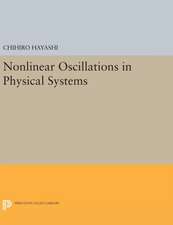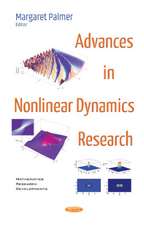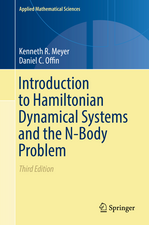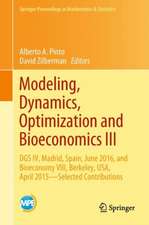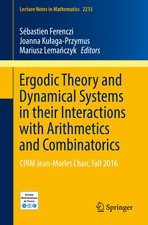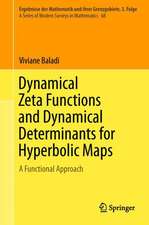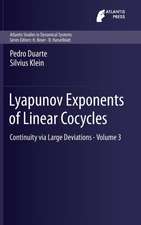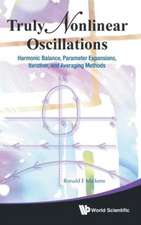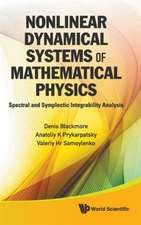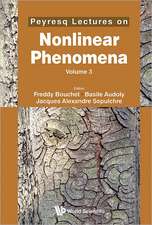Relative Equilibria of the Curved N-Body Problem: Atlantis Studies in Dynamical Systems, cartea 1
Autor Florin Diacuen Limba Engleză Paperback – 21 sep 2014
| Toate formatele și edițiile | Preț | Express |
|---|---|---|
| Paperback (1) | 714.83 lei 6-8 săpt. | |
| ATLANTIS PRESS – 21 sep 2014 | 714.83 lei 6-8 săpt. | |
| Hardback (1) | 720.84 lei 6-8 săpt. | |
| ATLANTIS PRESS – 18 aug 2012 | 720.84 lei 6-8 săpt. |
Preț: 714.83 lei
Preț vechi: 871.74 lei
-18% Nou
Puncte Express: 1072
Preț estimativ în valută:
136.78€ • 143.10$ • 113.63£
136.78€ • 143.10$ • 113.63£
Carte tipărită la comandă
Livrare economică 03-17 aprilie
Preluare comenzi: 021 569.72.76
Specificații
ISBN-13: 9789462390386
ISBN-10: 946239038X
Pagini: 160
Ilustrații: XIV, 146 p.
Dimensiuni: 155 x 235 x 8 mm
Greutate: 0.23 kg
Ediția:2012
Editura: ATLANTIS PRESS
Colecția Atlantis Press
Seria Atlantis Studies in Dynamical Systems
Locul publicării:Paris, Netherlands
ISBN-10: 946239038X
Pagini: 160
Ilustrații: XIV, 146 p.
Dimensiuni: 155 x 235 x 8 mm
Greutate: 0.23 kg
Ediția:2012
Editura: ATLANTIS PRESS
Colecția Atlantis Press
Seria Atlantis Studies in Dynamical Systems
Locul publicării:Paris, Netherlands
Public țintă
ResearchCuprins
Introduction.- Preliminary developments.- Equations of motion.- Isometric rotations.- Relative equilibria (RE).- Fixed Points (FP).- Existence criteria.- Qualitative behavior.- Positive elliptic RE.- Positive elliptic-elliptic RE.- Negative RE.- Polygonal RE.- Lagrangian and Eulerian RE.- Saari’s conjecture.
Recenzii
From the reviews:
“The book is divided into 5 parts with several chapters and sections in each. … The book is clear, well written, interesting and easy to read. … The book is an invitation to more research on this topic and it is a nice source of new problems, particularly for people working in celestial mechanics, dynamical systems, numerical analysis and geometric mechanics. I enjoyed reading it.” (Ernesto Pérez-Chavela, Mathematical Reviews, June, 2013)
“The book is divided into 5 parts with several chapters and sections in each. … The book is clear, well written, interesting and easy to read. … The book is an invitation to more research on this topic and it is a nice source of new problems, particularly for people working in celestial mechanics, dynamical systems, numerical analysis and geometric mechanics. I enjoyed reading it.” (Ernesto Pérez-Chavela, Mathematical Reviews, June, 2013)
Caracteristici
Understanding of the geometric shape of the universe New mathematical results Bridges laid between several fields of mathematics Opening of new directions of research Clearly exposed material Includes supplementary material: sn.pub/extras Includes supplementary material: sn.pub/extras








